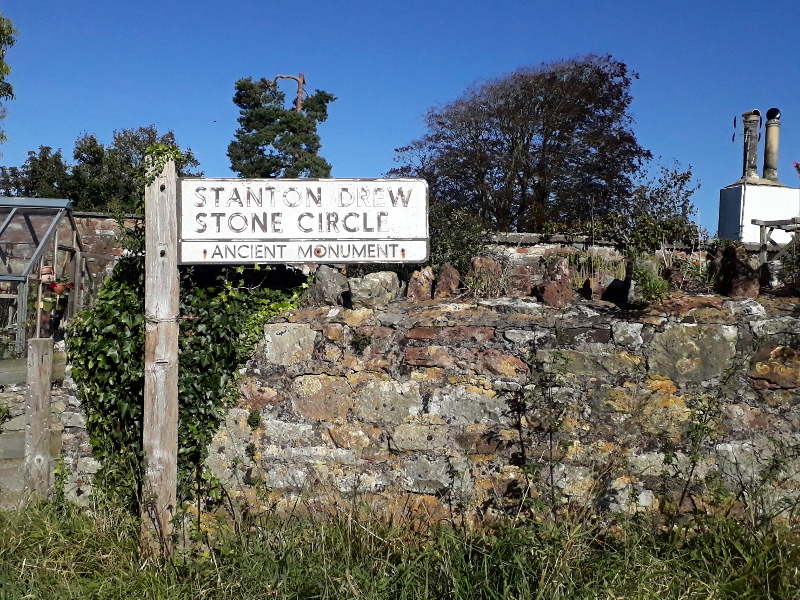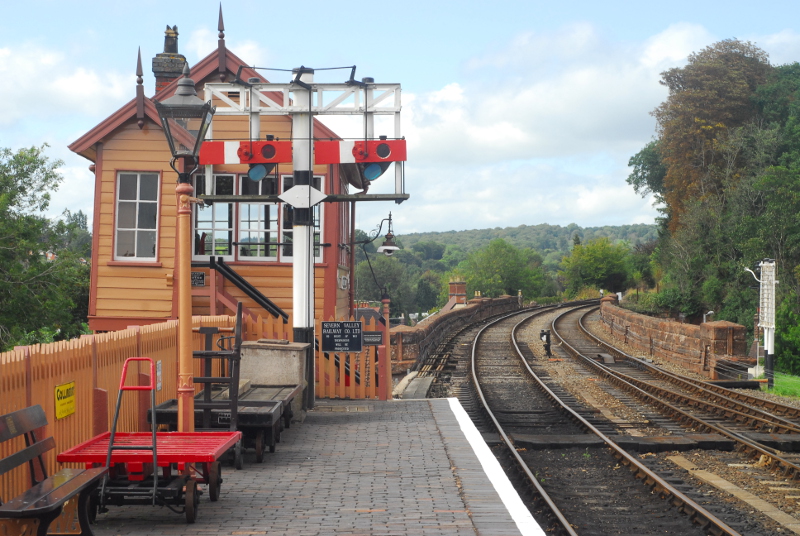We can rebuild it! We have the technology! (part two)
In which we delve into Wintersmith and some CoffeeScript
Previously, I discussed some various possible ways to structure the coding of a website, and why I decided to rebuild this site around the static site generator Wintersmith. Today, it’s time to dive a little deeper into what that actually entailed. Don’t worry if you’re not a technical reader; I’ll try to keep it all fairly straightforward.
To produce this website using Wintersmith, there were essential four particular technologies I knew I’d need to know. Firstly, the basics: HTML and CSS, as if I was writing every single one of the four-thousand-odd HTML files that currently make up this website from scratch. We’ll probably come onto that in a later post. Second-and-thirdly, by default Wintersmith uses Markdown to turn content into HTML, and Pug as the basis for its page templates. Markdown I was fairly familiar with as it’s so widely used; Pug was something new to me. And finally, as I said before, Wintersmith itself is written using CoffeeScript. I was vaguely aware that, out of the box, Wintersmith’s blog template wouldn’t fully replicate all of Wordpress’s features and I’d probably need to extend it. That would involve writing code, and when you’re extending an existing system, it’s always a good idea to try to match that system’s coding style and idioms. However, I’d come across CoffeeScript briefly a few years ago, and if you’ve used JavaScript, CoffeeScript is fairly straightforward to comprehend.
The Plain People Of The Internet: Hang on a minute there, now! You told us up there at the top, you were going to keep all this nice and straightforward for us non-technical Plain People. This isn’t sounding very non-technical to us now.
Ah, but I promised I would try. And look, so far, all I’ve done is listed stuff and told you why I needed to use it.
The Plain People Of The Internet: You’re not going to be enticing people to this Wintersmith malarkey, though, are you? Us Plain People don’t want something that means we need to learn three different languages! We want something nice and simple with a box on-screen we can write words in!
Now, now. I was like you once. I didn’t spring into life fully-formed with a knowledge of JavaScript and an instinctive awareness of how to exit Vim. I, too, thought that life would be much easier with a box I could just enter text into and that would be that. The problem is, I’m a perfectionist and I like the site to look just right, and for that you need to have some knowledge of HTML, CSS and all that side of things anyway. If you want your site to do anything even slightly out-of-the-ordinary, you end up having to learn JavaScript. And once you know all this, and you’re happy you at least know some of it, then why not go the whole hog and start knocking together something with three different programming languages you only learned last week? You’ll never know unless you try.
The Plain People Of The Internet: Right. You’re not convincing me, though.
Well, just stick with it and we’ll see how it goes.
In any case, I had at least come across CoffeeScript before at work, even if I didn’t use it for very much. It went through a phase a few years ago, I think, of almost being the next big language in the front-end space; but unlike TypeScript, it didn’t quite make it, possibly because (also unlike TypeScript) it is just that bit too different to JavaScript and didn’t have quite so much energy behind it. However, it is essentially just a layer on top of JavaScript, and everything in CoffeeScript has a direct JavaScript equivalent, so even if the syntax seems a bit strange at points it’s never going to be conceptually too far away from the way that JavaScript handles something. The official website goes as far as to say:
Underneath that awkward Java-esque patina, JavaScript has always had a gorgeous heart. CoffeeScript is an attempt to expose the good parts of JavaScript in a simple way.
Now if you ask me, that’s going a little bit far; but then, I don’t mind the “Java-esque patina” because the C-derived languages like C# and Java are the ones I’m happiest using anyway. CoffeeScript brings Python-style whitespace-significance to JavaScript: in other words, whereas in JavaScript the empty space and indentation in your code is just there to make it look pretty, in CoffeeScript it’s a significant part of the syntax. My own feeling on this, which might be controversial, is that the syntax of CoffeeScript is harder to read than the equivalent JavaScript. However, despite what some people will tell you, there’s no such thing as an objective viewpoint when it comes to language syntax; and as I said above, as Wintersmith is written in CoffeeScript, the best language to use to change and extend its behaviour is also CoffeeScript.
Wintersmith, indeed, is designed for its behaviour to be changeable and extendable. By default it only has a fairly small set of capabilities. It takes a “content tree”, a particular set of files and folders, and a set of templates. Markdown files in the content tree are converted to HTML, merged with a template, and written to an output file. JSON files are treated in almost the same way, almost as content files without any actual content aside from a block of metadata. Other filetypes, such as images, are copied through to the output unchanged. So, to take this article you’re reading as an example: it started out as a file called articles/we-can-rebuild-it-we-have-the-technology-part-two/index.md. That file starts with this metadata block, which as is normal for Markdown metadata, is in YAML:
---
title: We can rebuild it! We have the technology! (part two)
template: article.pug
date: 2020-09-28 20:09:00
...
---
I’ve configured Wintersmith to use a default output filename based on the date and title in the metadata of each article. This file, therefore, will be merged with the article.pug template and output as 2020/09/28/we-can-rebuild-it-we-have-the-technology-part-two/index.html, so its URI will nicely match the equivalent in Wordpress. So there you go, we have a page for each blog post, almost right out of the box.
That’s fine for individual article pages, but what about the home page of the blog? Well, Wintersmith is designed to use plugins for various things, including page generation; and if you create a new Wintersmith site using its blog template, you will get a file called paginator.coffee added to your site’s plugins folder, plus a reference in the site configuration file config.json to make sure it gets loaded.
"plugins": [
"./plugins/paginator.coffee"
]
The code in paginator.coffee defines a class called PaginatorPage, which describes a page consisting of a group of articles. It then calls a Wintersmith API function called registerGenerator, to register a generator function. The generator function looks over every article in the content/articles folder, slices them up into blocks of your favoured articles-per-page value, and creates a PaginatorPage object for each block of articles. These are then output as index.html, page/2/index.html, page/3/index.html and so on. There, essentially, is the basis of a blog.
If you’ve used something like Wordpress, or if you’re a regular reader of this site, you’ll know most blogs have a bit more to them than that. They have features to categorise and file articles, such as categories and tags, and they also have date-based archives so it’s easy to, say, go and read everything posted in May 2008 or any other arbitrary month of your choice. Well, I thought, that’s straightforward. All we have to do there is to reuse the paginator.coffee plugin, and go in and fiddle with the code. So, I copied the logic from paginator.coffee and produced categoriser.coffee, archiver.coffee and tagulator.coffee to handle the different types of archive page. Pure copy-and-paste code would result in a lot of duplication, so to prevent that, I also created an additional “plugin” called common.coffee. Any code that is repeated across more than one of the page-generator plugins was pulled out into a function in common.coffee, so that then it can be called from anywhere in the generator code that needs it. Moreover, this blog and the garden blog are structured as separate Wintersmith sites, so I pulled out all of the CoffeeScript code (including the supplied but now much-altered paginator.coffee) into a separate shared directory tree, equally distant from either blog. The plugins section of the configuration file now looked like this:
"plugins": [
"../shared/wintersmith/plugins/common.coffee",
"../shared/wintersmith/plugins/paginator.coffee",
"../shared/wintersmith/plugins/categoriser.coffee",
"../shared/wintersmith/plugins/tagulator.coffee",
"../shared/wintersmith/plugins/archiver.coffee"
]
The original paginator page generation function has now turned into the below: note how the only logic here is that which slices up the list of articles into pages, because everything else has been moved out into other functions. The getArticles function weeds out any maybe-articles that don’t meet the criteria for being an article properly, such as not having a template defined.
env.registerGenerator 'paginator', (contents, callback) ->
articles = env.helpers.getArticles contents
numPages = Math.ceil articles.length / options.perPage
pages = []
for i in [0...numPages]
pageArticles = articles.slice i * options.perPage, (i + 1) * options.perPage
pages.push new PaginatorPage i + 1, numPages, pageArticles
env.helpers.pageLinker pages
rv = env.helpers.addPagesToOutput pages, 'default'
callback null, rv
This is the simplest of all the page-generators: the others have slightly more complex requirements, such as creating a fake “Uncategorised posts” category, or labelling the archive page for January 1970 as “Undated posts”.
There we go: my Wintersmith installations are now reproducing pretty much all of the different types of archive that Wordpress was handling dynamically for me before. The next time I come back to this topic, we’ll move onto the template side of things, including some nasty performance issues I found and then sorted out along the way.
*The next part of this post, in which we discuss website templating using Pug, is here*

 Home
Home










 Newer posts »
Newer posts »